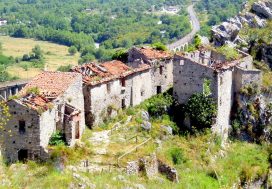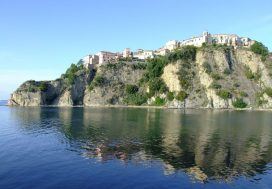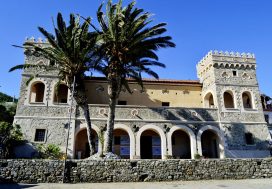By choosing to visit Campania, you can not help but venture on a tour to discover Campania: a journey between past and present.
Archaeological Parks of Pompeii and Herculaneum
If you have a passion for learning about new cultures, you should visit the archaeological parks of Pompeii and Herculaneum, a UNESCO World Heritage Site since 1997. They are a sort of sneak peek of what was once the history, culture, customs and traditions of a fascinating civilization.
Amalfi and Amalfi Coast
The Amalfi Coast is one of the places to visit once in a lifetime for its beaches, landscapes, orange blossoms and lemons. Breathtaking views with houses overlooking the sea, romantic alleys and not to be missed the imposing Cathedral of Amalfi.
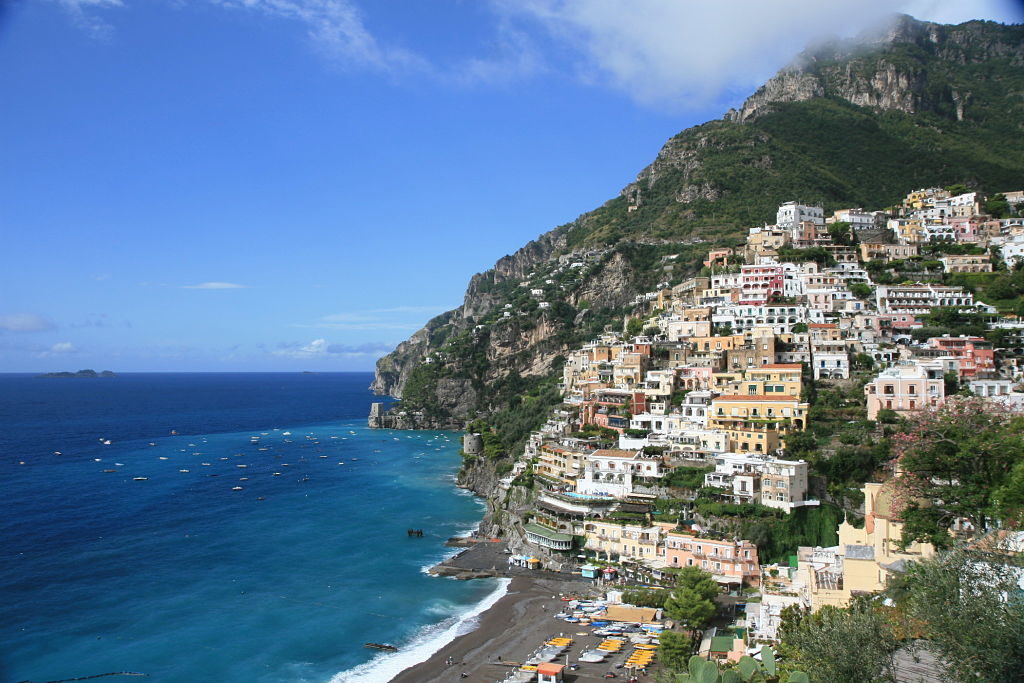
Positano
Positano
Positano is a small gem: white houses overlooking the sea with crystal clear waters, stairways, poetic and charming alleys. There are many beaches to discover, the Positano fashion known internationally for its craftsmanship objects made with the best materials.
Capri and Ischia
Capri and Ischia are the wonders of the Gulf of Naples with their beautiful scenery, crystal clear sea and white beaches. Suggestive the historical centers rich of handicraft shops and charming alleys, amongst which to get lost.
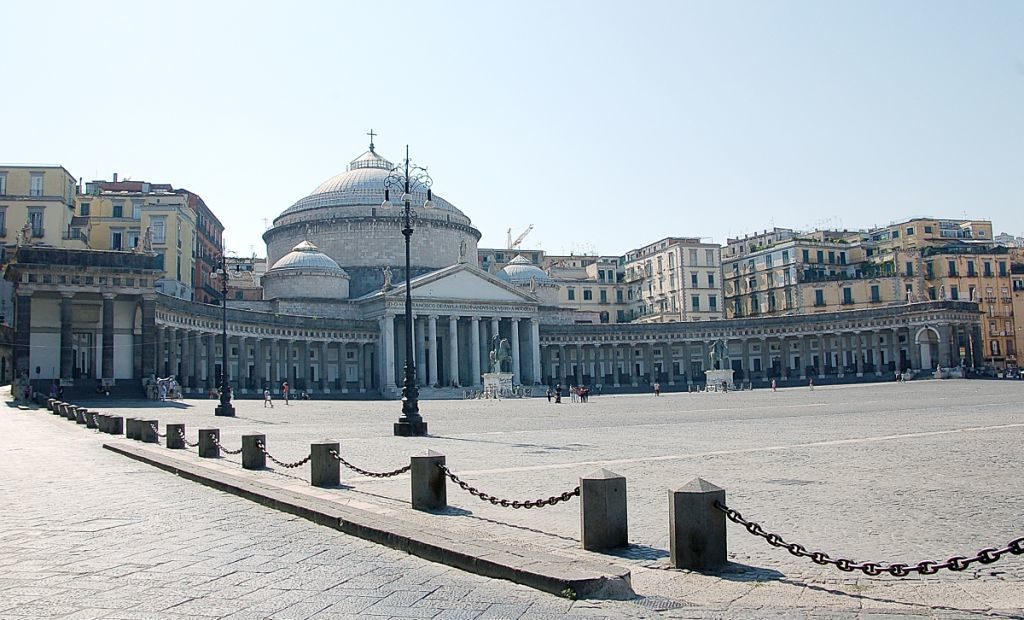
Piazza Plebiscito, Naples
Naples
Piazza Plebiscito
You cannot visit Naples without seeing one of the most beautiful squares in the city, as well as the largest and among the greatest nationwide. The Piazza Plebiscito is the symbol of Naples, is surrounded by an imposing colonnade and is “closed” by the Palazzo della Prefettura and Palazzo Salerno. Among the attractions to visit in this square there is the Basilica of San Francesco di Paola, the two equestrian statues dedicated to Charles III of Bourbon and his son Ferdinand I which are the work of Antonio Canova. You cannot leave the city without first crossing this square blindfolded or with your eyes closed, starting from the Royal Palace, trying to continue in a straight line. No one, mysteriously, seems to have ever managed it.
Maschio Angioino
When we speak of “Maschio Angioino” in Naples we refer to Castel Nuovo, a medieval and Renaissance castle located in Piazza Municipio near the Port. It was built by Charles I of Anjou in 1266 following his victory over the Swabians, his ascent to the throne of Sicily and after moving the capital from Palermo to Naples. It is a fortress built to be the residence of the Angevins, during the reign of Robert the Wise it became a meeting place for illustrious people: Petrarca, Boccaccio, Giotto. With the Aragonese, the castle gained its present appearance.



